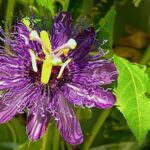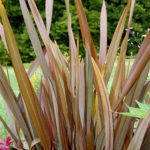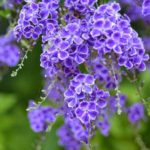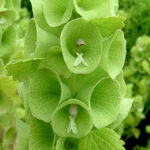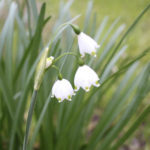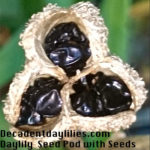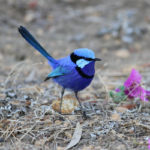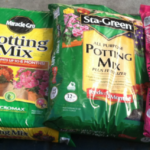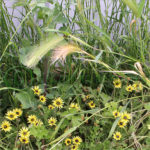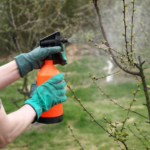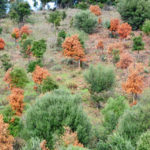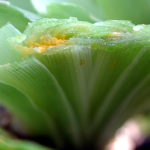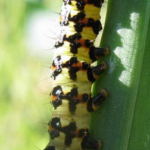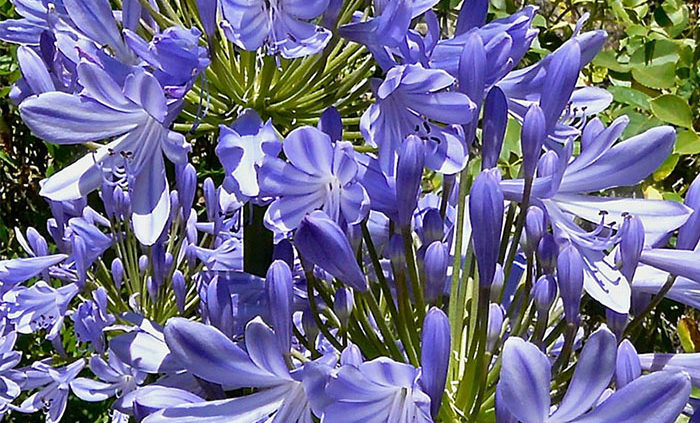
How to Grow Agapanthus
How to Grow Agapanthus – Lily of the Nile or The African Lily
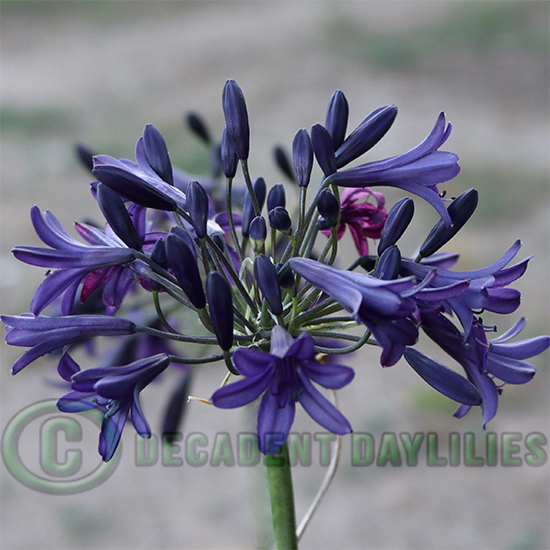 The Agapanthus is very commonly used in landscapes and gardens around Australia. They are often called by their common name lily of the nile or the African lily. The agapanthus is an ornamental clumping perennial that belongs to the Alliaceae family and is also considered to be a monocot. This lovely African native has thick fleshy roots this making them tough and reliable garden plants that are grown in my daylily gardens in Australia. They are considered to be herbaceous perennials with strappy leaves. The flower stems that tower over the foliage bearing heads consisting of around 100 evenly bell shaped 5 to 8 cm flowers that open out in the shape of a ball. The flower colours are inky purple, purple, blue and white. Most of them are evergreen while others are deciduous and pendulous.
The Agapanthus is very commonly used in landscapes and gardens around Australia. They are often called by their common name lily of the nile or the African lily. The agapanthus is an ornamental clumping perennial that belongs to the Alliaceae family and is also considered to be a monocot. This lovely African native has thick fleshy roots this making them tough and reliable garden plants that are grown in my daylily gardens in Australia. They are considered to be herbaceous perennials with strappy leaves. The flower stems that tower over the foliage bearing heads consisting of around 100 evenly bell shaped 5 to 8 cm flowers that open out in the shape of a ball. The flower colours are inky purple, purple, blue and white. Most of them are evergreen while others are deciduous and pendulous.
Agapanthus are Poisonous they are poisonous to humans, cats, dogs the poisonous parts are the rhizome roots and leaves. Protect yourself and do not grow agapanthus
around taps, it is a well known true fact the deadly brown snake likes to hide under the leaves of agapanthus and pumpkins during the hot summers in Australia.
Where to Plant Agapanthus
Agapanthus are best planted in full sun in southern states and coastal areas of Australia for best growth. Inland hotter climates, grow agapanthus in afternoon shade to prevent the tips of the leaves from burning.
My Agapanthus Won’t Flower reasons why?
- If agapanthus are planted in the shaded parts of the garden they will not flower.
- If the agapanthus plant is new it may take some time to settle into its new spot in the garden before you get flowers.
- Tubestock agapanthus plants can take up to 3 years to bloom.
- Ask yourself where did you buy your agapanthus plants from?
- Did you grow your agapanthus originally from seed?
- If you buy agapanthus seeds or seedlings and they are unnamed varieties they are mystery plants until they have proven themselves to grow and flower.
- If this is the case your agapanthus may never flower no matter how much potash or tender loving care you give them.
- Just like all plants if agapanthus clumps badly need dividing they will not flower well.
When to Fertilise Agapanthus
They are easy to grow in the ground and so tough that they do not need fertilising. They will grow in any soil including clay soil and are perfect for the beginner gardener. Remember they will always grow much better in compost soil.
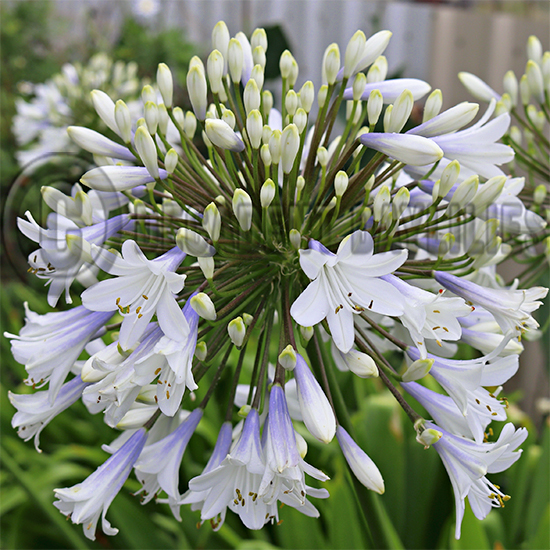 Agapanthus Leaf Scorch
Agapanthus Leaf Scorch
with Australia’s hot climate it is common to see the agapanthus leaves scorched in the hot summer sun commonly known as sunscald. To stop this you have to move your plants to shadier parts of the garden, but not too shady where they will not flower.
Agapanthus Care
they require no maintenance only to cut the old flower heads before they seed and pull away the leaves as they turn yellow. If you ever are looking for a snail in your garden, its a sure bet you will find one under an agapanthus plant. Most agapanthus have a long flowering period usually from mid November to end of January. Plant the tall varieties 30 to 45 cm apart. Propagation is usually done by division or seed. Growing by seed are never true to type. Agapanthus can be divided by division, lift and divide the clumps every 5 years from autumn to spring in the cool months of the year.
Agapanthus Pests – Read About the Lily Borer Caterpillar that attacks
Agapanthus Iron Deficiency symptoms plant foliage new growth turns yellow
Flowering Size Agapanthus Varieties I grow in my garden and sell in Australia are –
Maleny Blue, Double Delight, Strawberry Ice, Indigo Dreams, Electric Blue, Bressingham Blue, Bressingham White, Jahan, Perpetual Peace, Purple Cloud, Storms River, Rosea, Silver Baby, Seaspray, Tinkerbell, Peter Pan, Snow Goose, Snowball, Back in Black, Isis, Guilfoyle and John Dettman which looks the same as Queen Mum without the PBR.
We do not grow agapanthus that display a PBR (plants breeders rights) or TM (trade mark) the new recent varieties can be bought in stores. They are protected from all types of propagation, that is pollinating the plant and dividing the plant to resell. PBR and TM plants will have a very tiny symbol displayed on the plant tag usually after the plant name. This is why we do not grow or sell them.
Understand PBR and TM more here
How to grow agapanthus in Australia and the varieties we have for sale.



